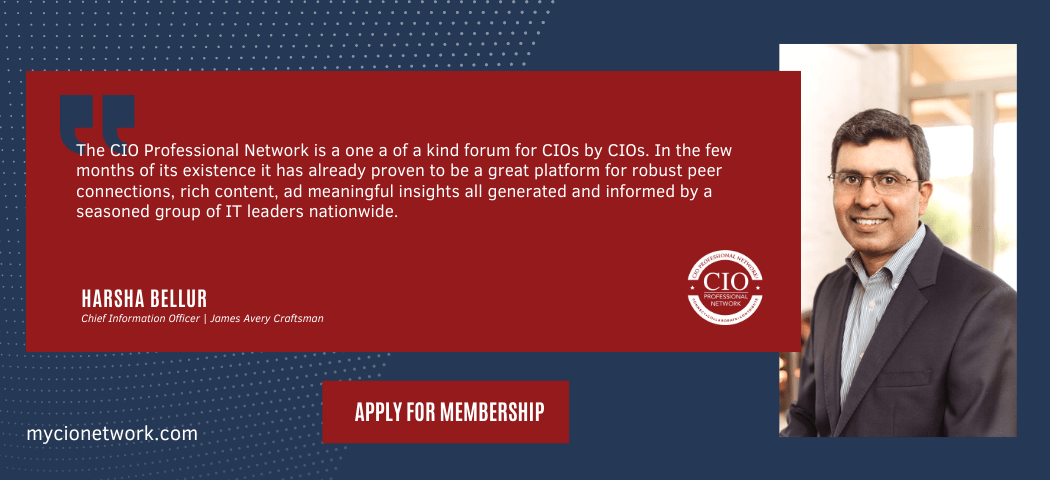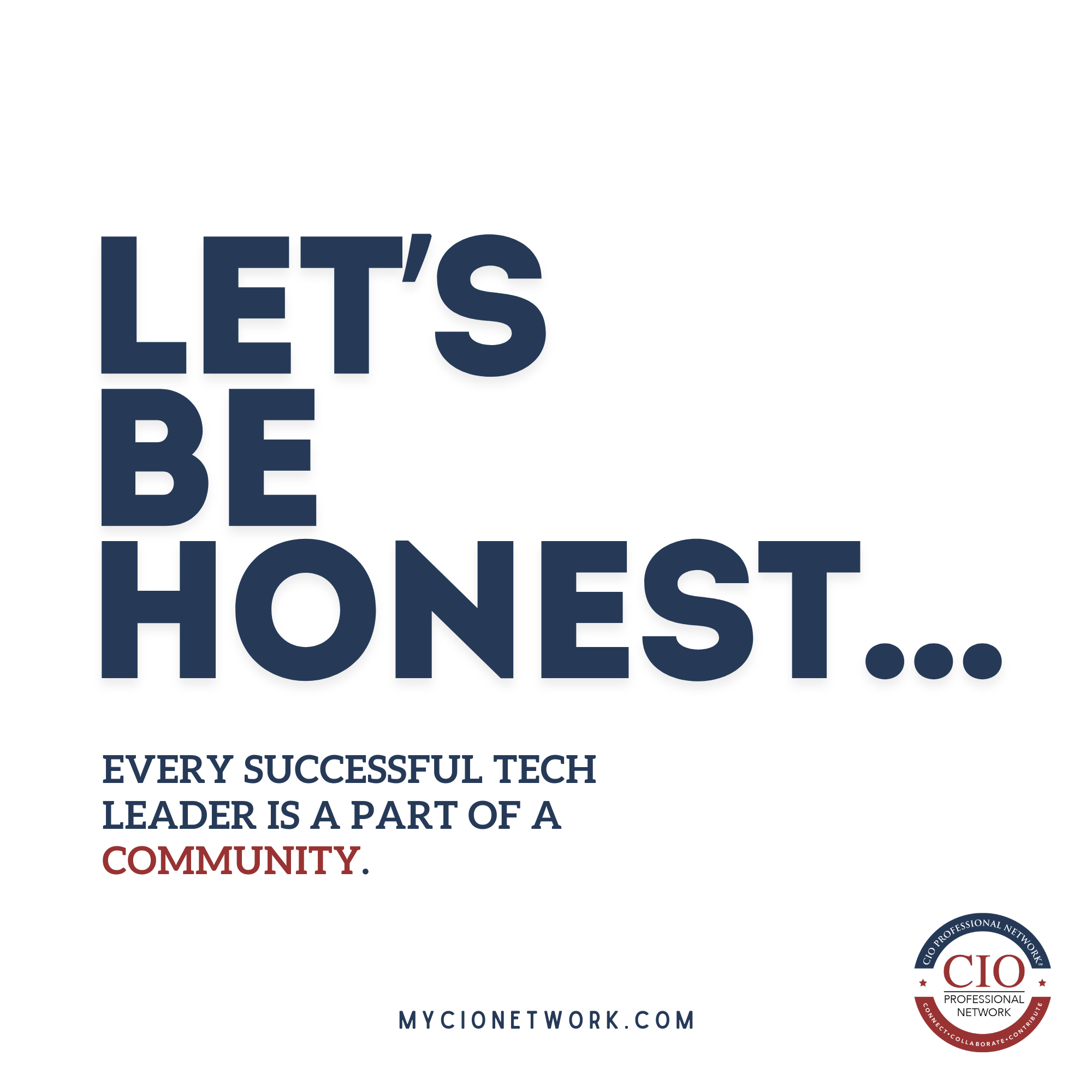Over the past few years, people have become more aware of what really matters and are asserting their expectations of work life. Paramount is not only the desire but the requirement to work in an environment that is defined by connection and belonging. While these concepts are not new determinants of healthy organizations, their importance has been elevated to a level we have not previously experienced.
Connection matters – people want to be seen, heard, and understood for exactly who they are and what they bring to the workplace. Belonging matters – people want to be accepted for who they are and surrounded by people who share common values and ideals. Decisions to join or remain at an organization will likely hinge on these two factors and leaders should take note and double down on ensuring an ethos where engaged, enthusiastic and loyal employees can thrive and are positioned to deliver exceptional results.
Engaged, enthusiastic and loyal Employees are pivotal drivers of growth and health in any organization.
Patrick Lencioni
Reenergize Your Team Around Purpose, Values, and Vision
Employees in every organization, and at every level, are voicing the desire to feel part of something that is grand and aspirational. They are eager to invest their energy in companies that make a difference and where they can be part of that difference-making.
The organization’s Purpose, its reason for being, provides that sense of connection and belonging that rallies a workforce to work together toward something spectacular. Values align organizational members through principles that guide behaviors and decisions. Vision energizes people by giving them a clear and compelling future state. This is the time for leaders to reenergize the company around purpose, values, and vision. Take every opportunity to remind others of the cultural underpinnings of the company, and how their everyday work supports the collective goals of the organization.
Strengthen Connections
Leaders must invest time in relationship-building by connecting authentically and empathetically with those they lead. The Theodore Roosevelt quote, “Nobody cares what you know until they know how much you care,” is more true today than ever before. And soft skills matter. As Tom Peters, a management thought leader, once said, soft skills are the true hard skills – the ones that effectuate results.
Genuine connection requires getting to know colleagues beyond their roles and responsibilities. I am reminded of a story I’ve heard regarding an interview question one company consistently asks of leadership candidates. The question: Tell me about the people that report to you. As the candidate lists the individuals and their roles and capabilities, the interviewer interrupts to say, No, I mean tell me about the individual. What does he like to do in his spare time? What’s her favorite sport? If the candidate cannot provide specific knowledge of their direct reports, it’s an indication that the leader hasn’t made connection a priority and is not a fit for the company. It’s a great story – I hope it’s true!
Nobody cares what you know until they know how much you care.
Theodore Roosevelt
Leaders must also cultivate belonging by creating opportunities for colleagues to come together to dialogue, collaborate, and build community. Research shows that we find our jobs more fulfilling when we have positive relationships with the people we work with. It is, after all, the acceptance, inclusion, and support we receive from our colleagues that gives added meaning to our work.
Elevate The Voice Of The Employee
Employees need to feel that their voices matter and that their opinions count. Be proactive in giving people the opportunity to express their ideas, concerns, and perspectives so they know they have input and the ability to influence decisions at work. Be intentional in gathering others’ perspectives in formal and informal ways. Whether it’s a brainstorming session or a quick conversation in the hallway, asking for others’ input conveys that you value their skill, intellect, and experience.
Promote Open and Transparent Communication
Employees expect to work for a company that promotes radical transparency. They want to be in the loop on what is occurring throughout the organization, be aware of business strategies and priorities, and have an understanding of the context of decisions made by leaders. As George Bernard Shaw so eloquently said, The greatest problem in communication is the illusion that it has been accomplished.
Consider all the various pieces of communication received each day. Between meetings, conversations, and e-mails, there is an overwhelming amount of information. To break through this veritable fortress, leaders must over-communicate in a way that is timely, understandable, meaningful, and inspirational. They must adopt a broken record mentality, repeating and reminding those they lead of what’s important. Patrick Lencioni says the best leaders are the ones that see themselves as CROs: Chief Reminder Officers.
Amplify Appreciation
Former Secretary of Defense Robert McNamara was fond of saying, “Brains, like hearts, go where they are appreciated.” Creating a culture of appreciation starts at the top with leadership setting the tone for employees. People do great work and accomplish amazing things during their everyday work, but often these individuals and their deeds go unnoticed. Leaders may fail to acknowledge what is right in front of them due to their busyness, or perhaps they deserve recognition until a project is finished or for major achievements. It’s the small actions and behaviors taken every day that create the momentum to accomplish great things. We know that what gets recognized gets repeated.
A culture that fosters appreciation promotes employees to be more motivated while helping them to see their individual value to the organization and how their contributions impact the organization’s success.
Final Thoughts
Many challenges and uncertainties remain as we move toward our ‘new normal.’ The volatility, complexity, and ambiguity we face will continue. Our employees are the deciding factor in how we navigate these challenges and whether we win or lose. What differentiates the best and provides a competitive advantage is the enthusiasm, engagement, and loyalty of the workforce. Ensuring connection and a sense of belonging is the path to get there.
Leaders, employees want to bring their whole selves to work. Are you providing the environment that invites them to do so?







